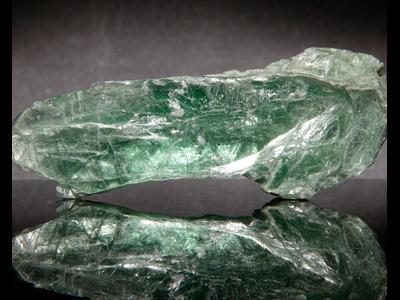IMARC Group, a leading market research company, has recently releases report titled “Talc Market: Global Industry Trends, Share, Size, Growth, Opportunity and Forecast 2023-2028.” The study provides a detailed analysis of the industry, including the global talc market forecast, report, growth, share, size and trends. The report also includes competitor and regional analysis and highlights the latest advancements in the market.
Industry Overview of Talc Market
Talc, a hydrated magnesium silicate mineral, is widely utilized as a powdered raw material in various industrial applications. Its versatility extends to the creation of both decorative and functional items such as sculptures, bowls, countertops, sinks, hearths, and pipe bowls. Moreover, it enhances the rigidity and heat resistance of polymers like polypropylene, vinyl, polyethylene, nylon, and polyester. By improving the suspension of solids in liquid paint, it prevents sagging and enables better adhesion to walls. As a result, it finds extensive use in industries such as pulp and paper, paints and coatings, plastics and rubber, food and beverage (F&B), personal care, and pharmaceuticals.
How Big Is the Talc Market?
The global talc market size reached US$ 2.7 Billion in 2022. Looking forward, IMARC Group expects the market to reach US$ 3.5 Billion by 2028, exhibiting a growth rate (CAGR) of 4.6% during 2023-2028.
What Are the Growth Prospects and Trends In The Talc Industry?
The talc market is experiencing significant growth driven by various factors. One key factor is the increasing demand for industrial and marine coatings that offer advantages such as reduced solvent content, corrosion protection, and strong adhesion. Additionally, the aerospace industry’s growing need for thermoplastics, which offer reduced production time and costs, is further fueling market growth.
Furthermore, the use of talc to enhance the tensile strength, toughness, impact absorption, hardness, stability, and electrical insulation of plastics, as well as its application in rubber manufacturing to provide bounce properties, is driving the global market. The automotive sector is also a significant contributor to market growth, as talc is widely utilized to modify various polymeric matrices used in automobile production.
Moreover, leading market players are investing heavily in research and development (R&D) activities to develop new talc variants that cater to customer requirements. This focus on innovation is expected to drive the talc market during the forecast period.
What is included in market segmentation?
The report has segmented the market into the following categories:
Breakup by Deposit Type:
- Talc Carbonate
- Talc Chlorite
- Others
Breakup by Form:
- Powdered Talc
- Talc Lumps or Granules
Breakup by End Use Industry:
- Pulp and Paper
- Plastic Industry
- Ceramics
- Paints and Coatings
- Cosmetics and Personal Care
- Pharmaceuticals
- Food
- Others
Breakup by Region:
- North America
-
- United States
- Canada
- Asia-Pacific
-
- China
- Japan
- India
- South Korea
- Australia
- Indonesia
- Others
- Europe
-
- Germany
- France
- United Kingdom
- Italy
- Spain
- Russia
- Others
- Latin America
-
- Brazil
- Mexico
- Others
- Middle East and Africa
Who are the key players operating in the industry?
The report covers the major market players including:
- AKJ Minchem Private Limited
- Anand Talc
- Elementis plc
- Golcha Group
- Guangxi Longsheng Huamei Talc Development Co. Ltd.
- Imerys S.A.
- IMI FABI S.p.A.
- Minerals Technologies Inc.
- Mughne Group of Companies
- Nippon Talc Co. Ltd.
- Sibelco
- Sun Minerals and Xilolite S.A.
